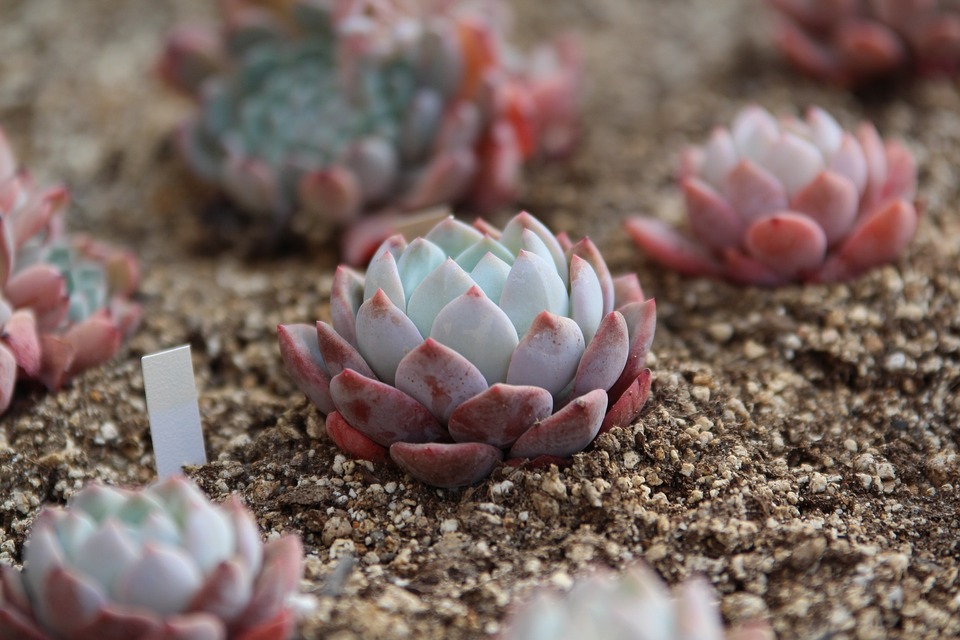Introduction
If you’re new to gardening and looking to take your skills to the next level, greenhouse gardening is a fantastic option.
Greenhouses offer an ideal environment for growing a wide range of plants, regardless of the weather conditions outside.
Whether you’re interested in growing your own vegetables, cultivating beautiful flowers, or experimenting with exotic plant species, this beginner’s guide will provide you with the necessary information to get started.
Choosing the Right Greenhouse
Before embarking on your greenhouse gardening journey, it’s crucial to select the right greenhouse for your needs.
There are various types of greenhouses available, including glass, polycarbonate, and hoop houses.
Consider factors such as your available space, budget, and the type of plants you wish to grow.
Research different greenhouse designs and materials to make an informed decision.
Site Selection and Preparation
The location of your greenhouse plays a significant role in the success of your gardening endeavors.
Choose a spot that receives ample sunlight throughout the day, preferably facing south or southeast.
Ensure the area is well-drained and level ground.
Take time to clear the site from any debris, weeds, or potentially harmful plants to create a clean and safe environment for your plants.
Temperature and Ventilation
Regulating the temperature in your greenhouse is crucial, as plants have specific temperature requirements for optimal growth.
Invest in a thermometer and a heater to maintain the ideal temperature range for your plants.
Adequate ventilation is also essential to prevent heat buildup, suffocation of plants, and the spread of diseases.
Install vents, fans, or louvers to ensure proper airflow within your greenhouse.
Watering and Irrigation
In greenhouse gardening, it’s essential to maintain consistent and appropriate moisture levels for your plants.
Consider installing an irrigation system or using drip lines to provide a controlled and efficient water supply.
Additionally, regularly monitor the moisture levels of your plants’ soil and adjust watering accordingly.
Avoid overwatering, as it can lead to root rot and other fungal diseases.
Choosing the Right Plants
When starting out, it’s crucial to choose plants that are well-suited for greenhouse growing.
Consider factors such as light requirements, temperature preferences, and the available space in your greenhouse.
Some popular greenhouse plants include tomatoes, cucumbers, herbs, and various types of exotic flowers.
Research the specific needs and care instructions for each plant to ensure successful cultivation.
Pest and Disease Control
Greenhouses provide a sheltered environment that can also attract pests and diseases.
Implement preventive measures like regular inspections, proper sanitation, and providing good ventilation to minimize these risks.
Consider introducing beneficial insects, such as ladybugs or lacewings, that can prey on common greenhouse pests.
If necessary, use organic or chemical-based pesticides as a last resort.
Maintaining a Greenhouse
A well-maintained greenhouse is essential for a thriving garden.
Regularly check for any signs of damage or wear and tear on the structure, glazing, or equipment.
Clean the greenhouse periodically, removing any debris or plant matter that may harbor pests or diseases.
Properly store your tools and supplies to maintain organization and efficiency within your greenhouse.
FAQs
1. How much does a greenhouse cost?
The cost of a greenhouse can vary greatly depending on the size, materials used, and additional features.
Basic small greenhouses can start at a few hundred dollars, while larger and more advanced structures can range in the thousands.
Consider your budget and requirements when choosing a greenhouse.
2. Do I need special knowledge or skills to start greenhouse gardening?
No special knowledge or skills are required to start greenhouse gardening as a beginner.
However, a basic understanding of plant care, watering, and temperature requirements will greatly assist you.
Additionally, a curious and learning mindset will help you adapt and improve your skills over time.
3. Can I grow vegetables year-round in a greenhouse?
Yes, a greenhouse allows you to extend the growing season, making it possible to grow vegetables year-round in many climates.
With proper insulation, heating, and possible artificial lighting, you can create an environment suitable for your desired crops regardless of external temperatures.
4. How often should I fertilize my plants in a greenhouse?
Fertilizing frequency depends on the type of plants you are growing, their growth stage, and the type of fertilizer used.
Generally, regular fertilization every two to four weeks during the growing season is recommended.
However, it’s important to monitor your plants’ health and adjust the fertilization schedule accordingly.




